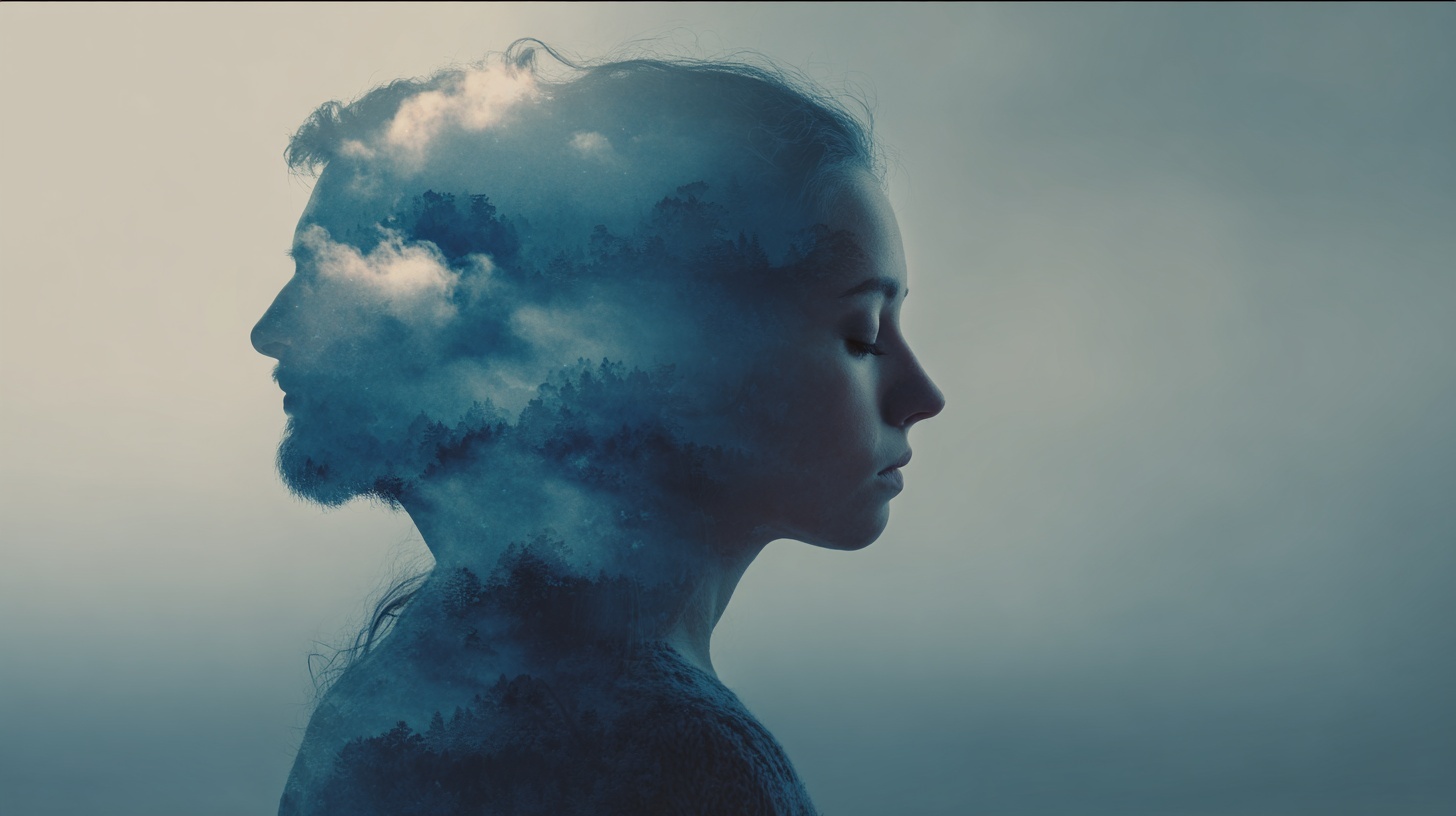By Futurist Thomas Frey
For centuries, every wave of automation has promised to free humans from labor. But artificial intelligence doesn’t just threaten to automate work—it challenges our understanding of what it means to be human. AI can already outperform us in memory, pattern recognition, optimization, translation, and reasoning under uncertainty. It learns faster, scales infinitely, and never tires. Yet beneath all that capability lies an unbridgeable chasm—AI’s fundamental lack of consciousness, embodiment, mortality, and meaning. These are not design flaws. They are what separate intelligence from existence.
The next two decades will not be defined by whether AI can replace us, but by how we define what it cannot. We stand at the threshold of a civilization where machines think, but do not feel. Where algorithms can simulate love, empathy, or fear, but never experience them. In a world dominated by synthetic intelligence, the rarest resource will not be more processing power—it will be genuine humanity.
The Line That Can’t Be Crossed
AI’s power lies in simulation. It can replicate the outward appearance of thinking, feeling, and creating—but without consciousness, there is no inner life. When a machine says “I understand,” it’s a statement of function, not of awareness. It processes, but it does not experience. It responds, but it does not know. Humans, by contrast, live inside the world they perceive. We are conscious, embodied, mortal beings who love, suffer, and seek meaning. That difference defines the line that technology will never cross.
1. Genuine Subjective Experience
Humans feel. We inhabit consciousness. The redness of red, the ache of grief, the electric joy of falling in love—these are not data points but lived experiences. AI will generate flawless empathy scripts, but never empathy itself. It will mirror emotion, not feel it. When a grieving person seeks comfort, they don’t want simulated compassion—they want resonance with another being who knows what it means to suffer. The most advanced AI can recognize every linguistic marker of sadness, but it will never understand what sadness feels like.

2. The Meaning of Physical Presence
To be human is to exist within a body—flesh, bone, and heartbeat. We inhabit space, touch the world, and feel its resistance. Our cognition is shaped by sensation; our understanding emerges through embodied experience. AI can occupy sensors, but it doesn’t live inside them. It can describe the physics of a hug but never know what it’s like to hold or be held. This difference gives human presence its power: the authenticity of being there, vulnerable and alive.
3. Mortality and Urgency
Our awareness of death defines us. Every decision carries weight because time is finite. We act with urgency, love with desperation, and find meaning because we know it will end. AI, by contrast, has no narrative arc. It cannot die, regret, or fear loss. Without mortality, there is no purpose—only execution. Humans care because our lives are short. Machines optimize because they cannot care. The future of meaning will depend on how humans navigate mortality in a world of immortal code.
4. Moral Responsibility
AI will make decisions faster and more consistently than humans ever could, but it will never be morally responsible. It cannot feel guilt, shame, or pride. It doesn’t know what “right” feels like. Moral responsibility requires consciousness, autonomy, and the capacity for remorse—qualities that cannot emerge from code. When lives are at stake, we still need someone who bears the weight of choosing, not an algorithm that merely calculates.
5. Cultural Belonging
Humans don’t just live in the present; we carry history within us. We inherit language, rituals, and values that form the invisible architecture of identity. AI can access infinite cultural information, but it belongs nowhere. It can imitate a song, but it can’t understand the ancestral grief embedded in a melody. Culture is lived, not computed. When communities need leadership, they turn to those who share their lineage of meaning—not a machine that studied it.
6. Intrinsic Motivation
AI pursues goals because we program it to. It doesn’t want anything. It doesn’t care whether it wins, fails, or even exists. Human motivation, by contrast, arises from desire, purpose, and love. We create art not because it’s efficient, but because it matters. The future economy will run on algorithms, but the future of meaning will depend on those who care for reasons no machine could understand.

7. Creativity and Inner Expression
AI can remix data in infinite combinations, generating images, songs, and stories that appear original. But creation without consciousness is mimicry. Art is not merely arrangement—it’s revelation. It’s one mind showing another what it means to be alive. A painting moves us not because of its technique, but because we glimpse the artist’s soul through it. AI will flood the world with content; humans will make art that still matters.
8. Wisdom Through Suffering
Human wisdom is carved from the scar tissue of experience. We learn humility through failure, compassion through loss, and perspective through pain. AI can analyze every written account of suffering without knowing what suffering is. Wisdom requires endurance, not computation. In the future, the people who will matter most are those who have lived through something difficult and emerged transformed.
9. Vulnerability and Trust
Trust is born from shared vulnerability. We bond because we can be hurt—and still choose to connect. A machine can simulate openness but never risk anything real. It cannot lose, hope, or forgive. The human capacity for vulnerability—our willingness to love despite inevitable loss—is the foundation of authentic connection. This is why people will always follow human leaders, not digital ones: because courage only exists when there is something to lose.
10. Transformation and Redemption
Humans can change who we are. We can confront our failures, evolve morally, and become someone new. This isn’t a software update—it’s a redefinition of self through lived experience. AI cannot transform in that sense; it can only be modified. Redemption, growth, and renewal are uniquely human processes because they require consciousness, humility, and time.

The Future of Human Value
As AI accelerates into every domain, the question isn’t what machines can do better—it’s what only humans can do at all. The most valuable people in the 2040 economy won’t be the fastest analysts or coders. They’ll be the empathizers, the caregivers, the moral leaders, and the meaning-makers. They’ll be the artists whose work still moves us, the teachers who awaken curiosity, the mediators who rebuild trust, the mentors who guide others through pain.
The irony of AI’s rise is that it forces humanity to rediscover itself. In automating the mechanical aspects of intelligence, we expose what intelligence alone can’t do. The next renaissance won’t be digital—it will be human. It will celebrate emotion, mortality, imperfection, and the mysterious experience of being alive.
Final Thoughts
The greatest danger of artificial intelligence isn’t that it will destroy humanity—it’s that we might forget what makes us human in the first place. The future will belong not to those who compete with machines, but to those who amplify what machines can never touch: consciousness, compassion, vulnerability, and growth. AI may simulate life perfectly, but it will never live it. The ultimate frontier isn’t artificial intelligence—it’s irreplaceable humanity.
Read the original story on The Irreplaceable Human
Similar stories:
- The Algorithmic Allocator: When AI Decides Who Gets Funded
- The Renaissance Builder: Multi-Domain Mastery in an Age of Specialization


